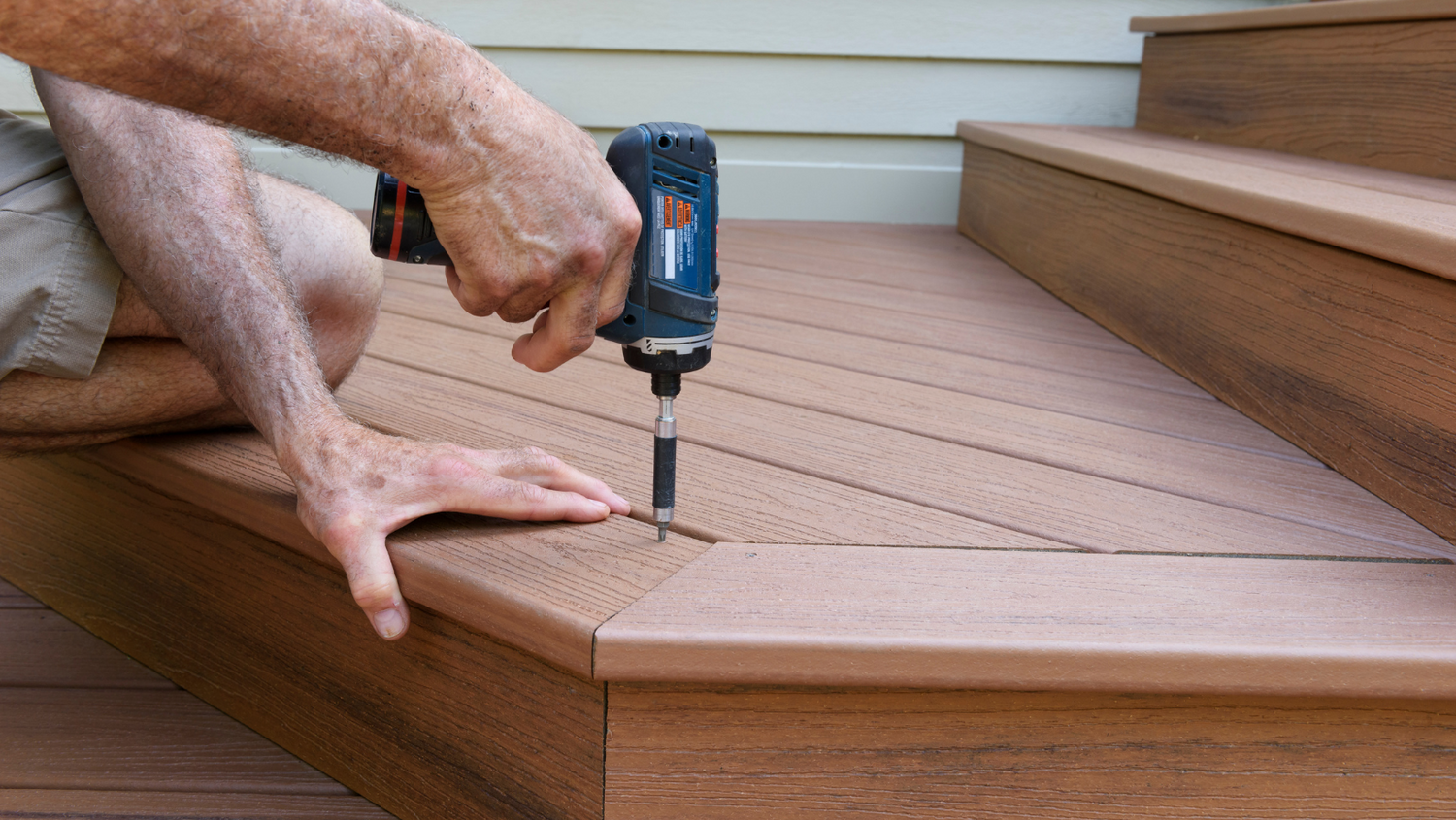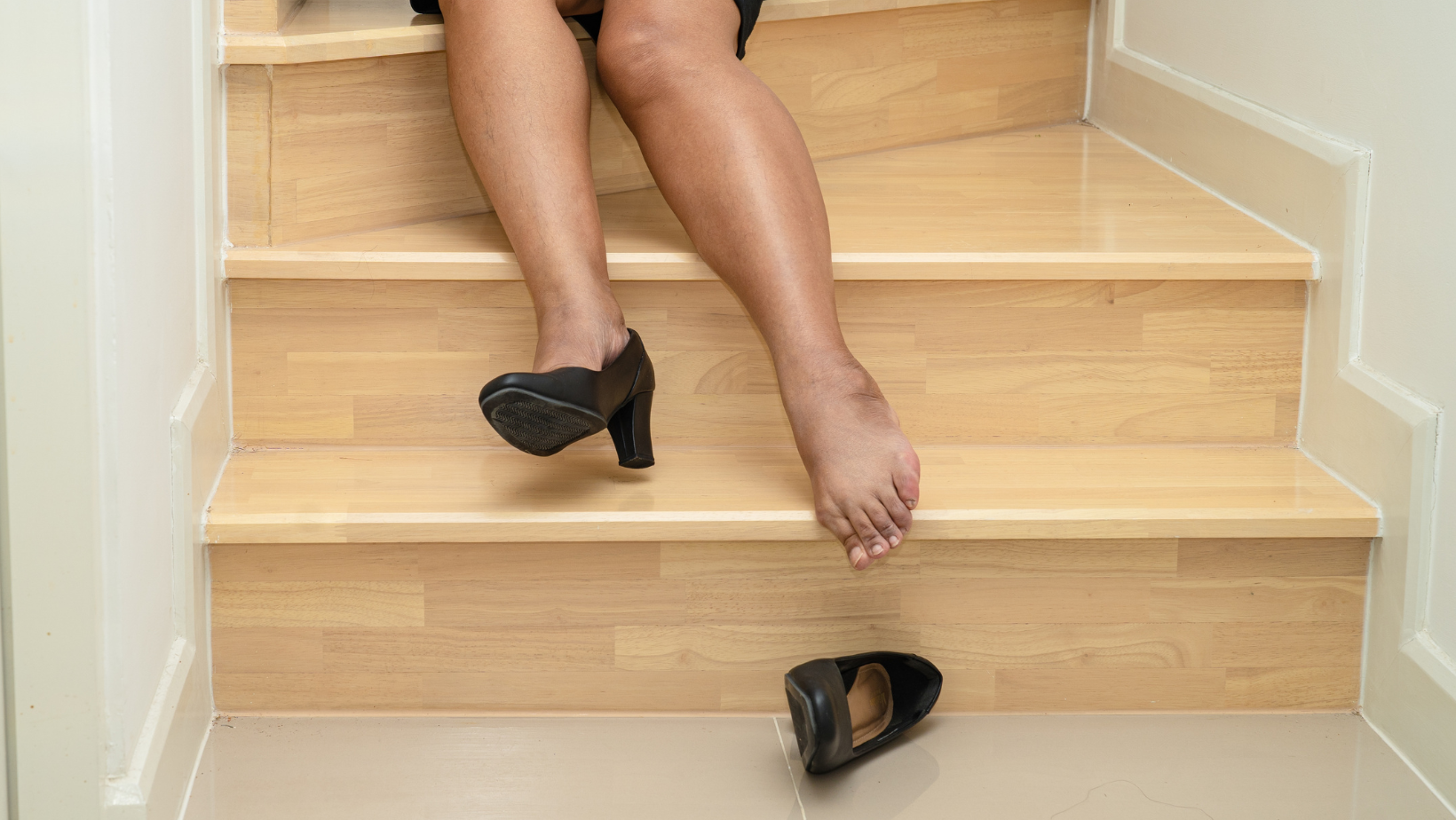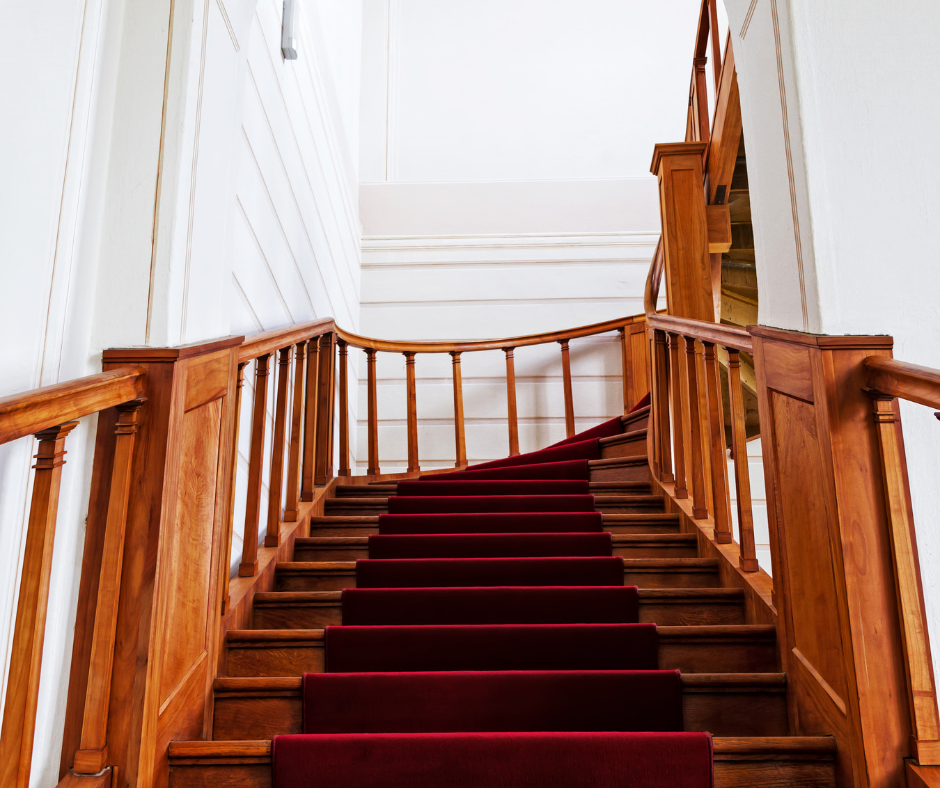If your porch stairs are shaky, outdated, or no longer safe, now is the time to act. The best porch stair replacement tips for a sturdy entryway start with knowing your materials, costs, and how to do it right—without the stress. This guide walks you through everything from smart material choices to finishing touches like carpet stair treads, all designed to give your entryway a refreshed, secure look that lasts.
Why Replacing Porch Stairs Matters
Your porch stairs are more than a way in and out. They’re a major part of your home’s curb appeal—and even more important, they impact everyday safety. Cracks, loose boards, or wobbly handrails aren’t just eyesores—they’re trip hazards waiting to happen.
A solid stair upgrade helps avoid injury while instantly improving the overall appearance of your entry. With the right steps and materials, this project can boost both value and peace of mind. And with the right porch stair replacement tips for a sturdy entryway, it doesn’t have to be overwhelming.
Most Common Materials for Porch Stair Replacement
Choosing the right material is one of the most important porch stair replacement tips for a sturdy entryway. The material impacts how your stairs look, how long they last, and how much work you’ll need to do down the road. Let’s break down your options.
Wood
Classic and customizable, wood is a favorite for its warmth and versatility. You can stain or paint it any color and cut it to fit any space. But wood needs maintenance—like sealing and occasional sanding—to keep rot and mold away.
Composite
This low-maintenance material looks like wood but resists weather, bugs, and wear better. You’ll find composite in a variety of styles, perfect for matching modern or rustic porches. While more expensive upfront, it pays off in time saved on upkeep.
Concrete
Strong, sleek, and durable, concrete stairs are a great option for long-term use. They handle heavy traffic well and can be finished to look modern or textured for added grip. For homeowners wanting something permanent with low maintenance, concrete is a go-to.
Metal
Aluminum or steel stairs bring a clean, industrial edge to your porch. They hold up well against harsh weather and need very little maintenance. Add grip pads or carpet stair treads to improve comfort and prevent slips on rainy days.
How Much Does Porch Stair Replacement Cost?
Understanding costs is one of the smartest porch stair replacement tips for a sturdy entryway. On average, full porch stair replacement ranges from $1,000 to $5,000. This includes materials, labor, and permits if required.
Going the DIY route can cut that number significantly—especially if you’re only replacing treads or risers. If you're comparing project types, the average deck stair replacement cost falls within the same range, depending on size and design. Adding carpet stair treads typically costs $25–$50 per step with installation, but many homeowners install them on their own for less.
Signs It’s Time to Replace Your Porch Stairs
You don’t have to be a pro to spot trouble. Keep an eye out for these common issues:
-
Cracking, warping, or rotting wood
-
Soft spots under your feet
-
Rusted nails or screws pulling out
-
Uneven steps or loose railings
-
Mold, mildew, or slippery buildup
These problems don’t just impact looks—they affect safety. Waiting too long to repair can lead to bigger structural problems and higher costs later. A timely replacement avoids all that and brings peace of mind.
Step-by-Step Tips for DIY Porch Stair Replacement
Looking to save money and feel accomplished? These practical porch stair replacement tips for a sturdy entryway walk you through the DIY route. It’s totally doable with the right tools and a little patience.
Step 1: Check Local Requirements
Before starting, contact your city or county about building codes and permits. Each area may have rules about step height, handrails, or tread depth. Starting here helps avoid delays or costly redos.
Step 2: Gather Tools and Supplies
You’ll need:
-
Saw
-
Drill and screws
-
Level
-
Pry bar
-
New treads, risers, and stringers
-
Measuring tape
Optional tools: miter saw, framing square, safety goggles, and gloves.
Step 3: Remove the Old Stairs
Start from the top down, removing old treads and risers. Use a pry bar to gently loosen boards and nails. Inspect the stringers underneath—if they’re in good shape, you may be able to reuse them.
Step 4: Measure and Cut New Pieces
Use the old boards as a template or measure the space directly. Cut new treads and risers to size. Double-check measurements to ensure everything fits tight and even.
Step 5: Install the New Stairs
Attach the risers first, followed by the treads. Use outdoor screws for extra strength and weather protection. Make sure each step is level before moving on to the next.
Step 6: Finish with Safety in Mind
Sand any rough edges to prevent splinters. Apply a weatherproof sealant or paint to wood surfaces. Consider installing carpet stair treads to reduce slips, soften the surface, and add a finished look.
Finishing Touches That Add Comfort and Style
Details matter. Even after your stairs are replaced, small touches can upgrade the entire entryway. Adding carpet stair treads is one of the simplest yet most impactful changes you can make.
They help with grip, reduce noise, and add a warm visual layer. Other ideas include:
-
Solar-powered step lights for evening visibility
-
Handrails that match your porch design
-
Potted plants or a welcome mat to invite guests in
Together, these upgrades turn a basic stair replacement into a polished, professional look.
Keeping New Porch Stairs in Top Shape
Once your porch stairs are replaced, ongoing care is key. Follow these tips to keep them looking and feeling like new:
-
Sweep regularly to remove dirt and debris
-
Rinse off mud or salt buildup during seasonal changes
-
Check for loose nails or screws every few months
-
Reapply sealant or paint every 1–2 years if using wood
-
Keep carpet stair treads secure by checking adhesive or fasteners
Just a few minutes of care each season keeps your entryway strong and stylish for years.
Comparing Porch and Deck Stair Projects
Many homeowners ask whether replacing porch stairs is different from replacing deck stairs. The answer is: not much. The material options, safety goals, and design considerations are similar.
In fact, the deck stair replacement cost is often equal to or slightly more than porch stairs due to size or exposure. By learning best practices for your porch, you’re also better prepared for a future deck upgrade. Use these same tips for both and save time, money, and hassle.
Stepping It Up
The right porch stair replacement tips for a sturdy entryway can completely change how your home feels—before you even step inside. By choosing the best materials, following smart safety steps, and adding comfort with carpet stair treads, you’ll make your porch safer, stronger, and more beautiful. Whether you do it yourself or bring in a professional, upgrading your stairs is an investment you can feel every day.
Let Oak Valley Designs be part of that journey. We believe in family-friendly solutions that look great, feel safe, and are built to last—one step at a time.
-
Website: https://oakvalleydesigns.com/
-
Phone: 706.331.0315
-
Email: info@oakvalleydesigns.com
-
Address: 30 River Ct SW Bldg E Cartersville, Ga 30120




